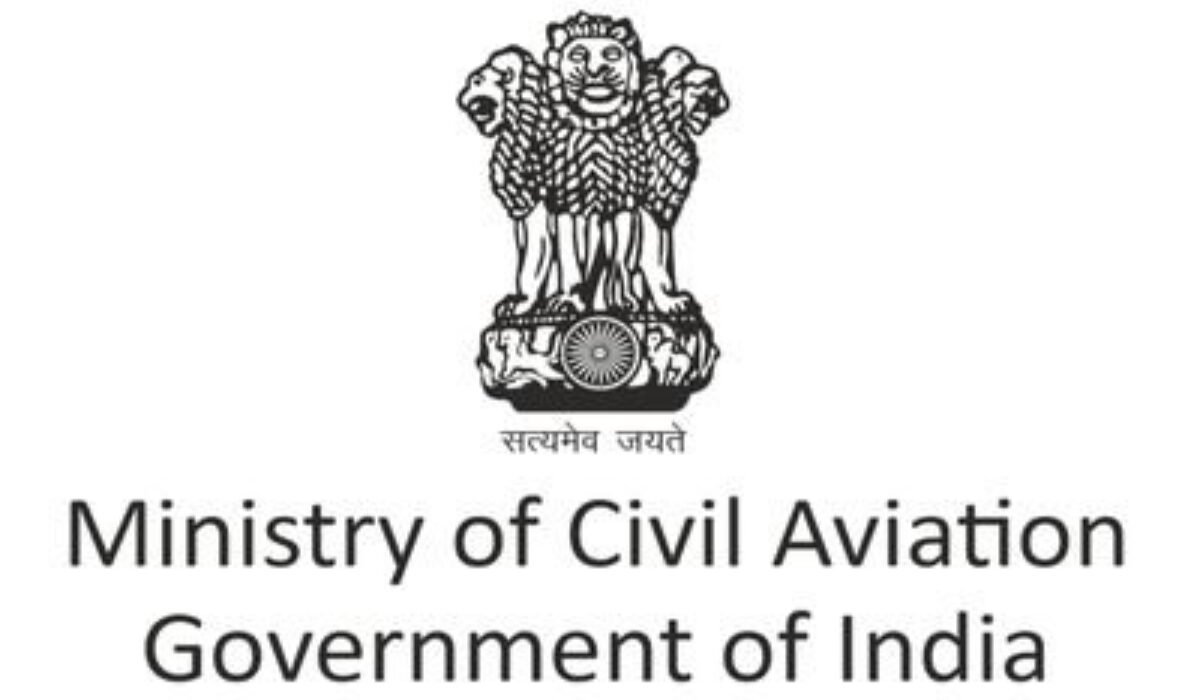Guaranteeing Indian Aviation’s Safety and Effectiveness: The regulatory authority in the realm of civil aviation, the Directorate General of Civil Aviation (DGCA), is principally in charge of overseeing the safety and regulation of air transport services to and from India. DGCA, which was founded under the Ministry of Civil Aviation, is essential to guaranteeing the efficient, safe, and effective operation of air travel in India.
Evolution and history
The DGCA have its roots in India’s early days of civil aviation. The Air Navigation Act of 1934 governed the Indian aviation industry prior to independence. But after independence, since air travel increased quickly, the aviation sector needed a specialized organization to monitor and control it. As a result, the DGCA was established in 1927 and has subsequently changed a number of times to accommodate the changing aviation environment.
Principal Duties and Functions of the DGCA:
The main goal of the DGCA is to encourage effective and safe air travel. This involves a wide variety of tasks, including:
Regulation and Enforcement: To guarantee adherence by all parties, including airlines, airport operators, and maintenance groups, the DGCA enforces civil aviation regulations. It is in charge of granting licenses to pilots, air traffic controllers, and maintenance engineers, as well as certifying personnel and aircraft.
Safety Oversight: The crew’s and passengers’ safety must always come first. The DGCA regularly inspects and audits aircraft, airports, and airline operations for safety. In order to determine the root reasons and put preventative measures in place, it looks into occurrences and accidents.
Airworthiness Certification: The DGCA makes sure that the strict airworthiness requirements are met by every aircraft that operates in India. This entails the certification of aircraft designs and modifications in addition to routine inspections.
Training and Licensing: The body is in charge of approving training institutions and issuing licenses to aviation professionals. It guarantees that maintenance engineers, pilots, and air traffic controllers receive sufficient and current training.
Protection of Consumers: Passenger complaints about flight delays, cancellations, and other matters are also handled by the DGCA. It creates policies to safeguard passengers’ rights and interests.
Obstacles and Successes of the DGCA:
Over the past 20 years, the Indian aviation industry has grown exponentially, which offers DGCA both opportunities and challenges. Aviation technology developments, a growing number of flights, and new airline entrants necessitate constant adaptation and alertness. A notable obstacle has been upholding elevated safety protocols during swift expansion. In response, the DGCA improved its regulatory structure, incorporated global best practices, and used technology to improve oversight. Notable moves in this regard include the adoption of safety management systems (SMS) and the introduction of the Civil Aviation Regulation (CAR). Additionally, DGCA has been instrumental in promoting global cooperation.
Conclusion: A pillar of India’s aviation industry, the Directorate General of Civil Aviation (DGCA) is committed to promoting efficient, safe, and safe air travel. The DGCA’s role becomes increasingly crucial as the sector develops, necessitating constant innovation and adaptation to overcome new obstacles and preserve India’s standing in the world aviation arena.







